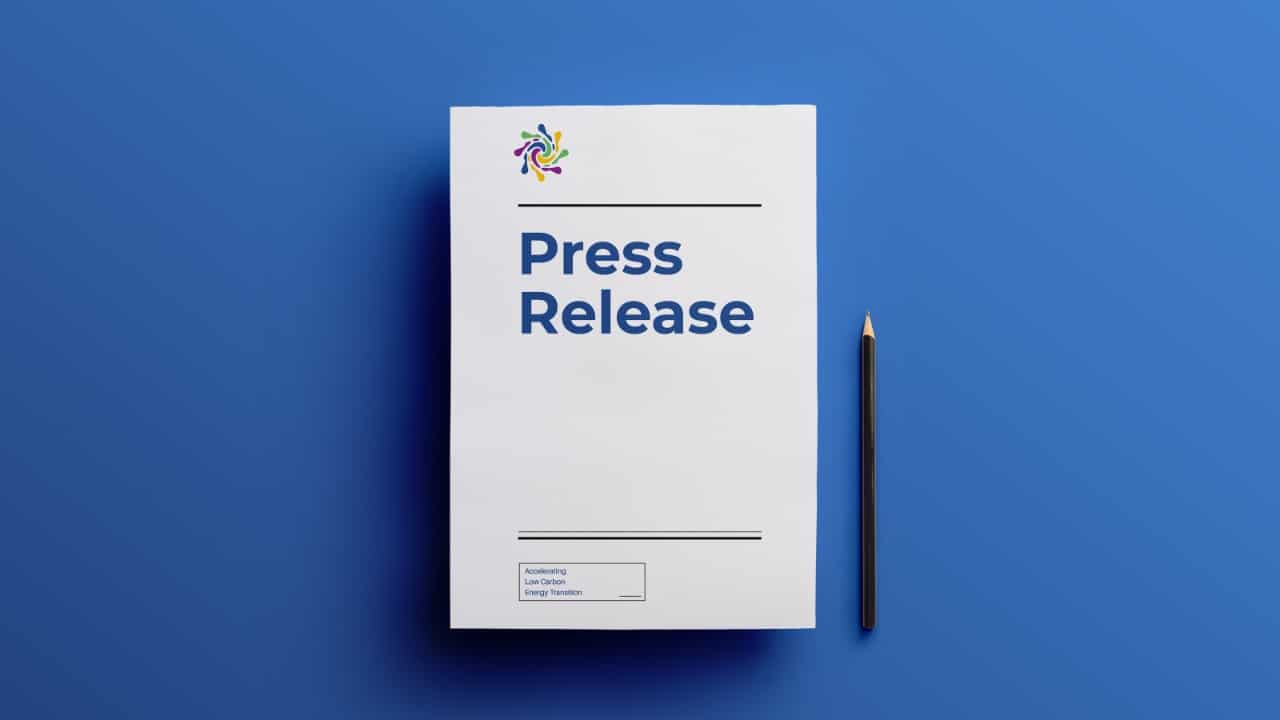Press Release
For Immediate Release
Jakarta, 25 March 2021 – In an effort to fulfil the mandate of the Paris Agreement, the Government Indonesia through the Ministry of Environment and Forestry (KLHK) as the national focal point for the UNFCCC, announcing a Long-Term Strategy for Reducing Carbon Emissions and Climate Resilience 2050 (Long-term Strategy on Low Carbon and Climate Resilience (LTS-LCCR) 2050. This meeting was also attended by the relevant ministries. Despite positive progress, the Institute for Essential Services Reform (IESR) looking at Indonesia’s road map towards low carbon by 2050, as showcased in the presentation of the LTS-LCCR 2050 document, was less ambitious and did not meet the target
Paris Agreement.
Several things listed in the LTS-LCCR 2050 document:
- The achievement of Indonesia’s first NDC is targeted in 2030, then Indonesia will achieve net-zero emission by 2070;
- In mitigation efforts, the LCCP scenario (low carbon scenario compatible with Paris Agreement target) indicates an ambitious target to be implemented in the AFOLU sector (agriculture, forestry and land use), energy, industrial processes and uses products (IPPU), as well as waste;
- On a low carbon and climate-resilient policy direction, it is estimated Indonesia will reach the highest peak (peaking) in GHG emissions by 2030 in AFOLU and energy sectors before finally reaching net zero emissions by 2070. In the calculation of emissions, the peak in 2030 will reach 1163 million tons and these emissions will decrease to around 766 million tonnes of CO2e by 2050;
- For the energy sector, a transition scenario and LCCP will be an option to be applied. In the more ambitious LCCP target, the primary energy mix will be 34% coal, gas 25%, oil 8%, renewables 33% in 2050. The use of coal will decrease to 205 million tonnes (293 million tonnes of coal);
- Additional renewables for generators of around 38 GW in 2035 and will be prioritized for Solar Power Generation due to the increasing investment costs low. In addition, emission reduction will be encouraged through the following actions:
- Provision of electricity through EBT generators,
- Application of energy efficiencies such as in buildings and public street lighting (PJU),
- Use of Biofuels;
- Implementation of biomass co-firing to reduce coal consumption in 52 PLTUs,
- Utilization of electric vehicles with a target of 2 million cars and 13 million motorbikes in 2030,
- Transitions towards low-carbon fuels and clean generation technologies such as the use of CCUS / CCS ( carbon capture, utilization and storage/carbon capture and storage ) and hydrogen
Responding to the explanation regarding Indonesia LTS-LCCR 2050, IESR responded as follows:
- IESR responded positively to the peak emission target in 2030. This will provide clear medium-term targets for climate change mitigation action plans in Indonesia. However, it needs clarity regarding the support of policies and regulations that allows each sector to transition quickly and reach the peak emission by 2030;
- The achievement of net-zero emissions in 2070 is too long and does not match the Paris Agreement. To be consistent with the Paris Agreement and support restrictions on global temperature (below 1.5°C), then Indonesia’s GHG emissions must have decreased reach 622 million tonnes of CO2e in 2030 (excluding the AFOLU sector) and will reach net-zero in 2050 1 ;
- A stronger effort is required, especially to be able to shift from the use of coal. Indonesia needs to gradually stop using coal by 2037 and increase its renewable energy target to at least 50% by 2030 2 ;
- Each sector needs to establish mitigation measures that is credible, transparent, and measurable in order to be on track with the Paris Agreement. Based on several global modelling, such as Integrated Assessment Models (IAMs), Deep Decarbonization Pathway Project, Energy Watch Group/LUT University, there are several parameters that could be a reference for Indonesia in measuring the suitability of the achievement of GHG emission reduction with Paris Agreement targets.
For the electricity and transportation sector, parameters among others3 :
a. Electricity
-
- The intensity of emissions from the electricity sector; should be in the 50-255 range gCO2 / kWh in 2030 and in 2050
- The renewable energy mix of electricity generation; up to 50-85% in 2030 and 98-100% in 2050
- Electricity generation mix from coal PLTU; down to 5-10% by 2030
b.Transportation- Emission intensity from the land passenger transportation sector; be in the range of 25-30 g CO2/pkm by 2030
- Low-carbon fuel mix; reaching 20-25% of the total energy demand in the transportation sector by 2030
5. The IESR study on Indonesia’s energy transition scenario shows that Indonesia can achieve a primary mix of renewable energy of 69% by 2050 with increase the capacity of renewable energy generation to a minimum of 24 GW in the year 2025, build 408-450 GW of renewable energy generation by 2050, and stop the construction of a new coal power plant since 2025 and retire Coal Power Plant early.
6. There is a need for increased investment and research encouragement towards innovation and development of renewable energy technologies such as hydrogen in order to be immediately implemented and optimized for achieving net zero-emission.
7. IESR supports the use of sustainable biofuels and electric vehicles. The Climate Transparency Report 2020 makes clear that biofuels are sustainable that does not leave a carbon footprint, the use of electric vehicles, and stricter fuel efficiency standards would reduce GHG emissions in particular from the transport sector significantly. In addition, the percentage of fuel that is low in carbon in the transport fuel mix should increase to about 60% in year 2050.

